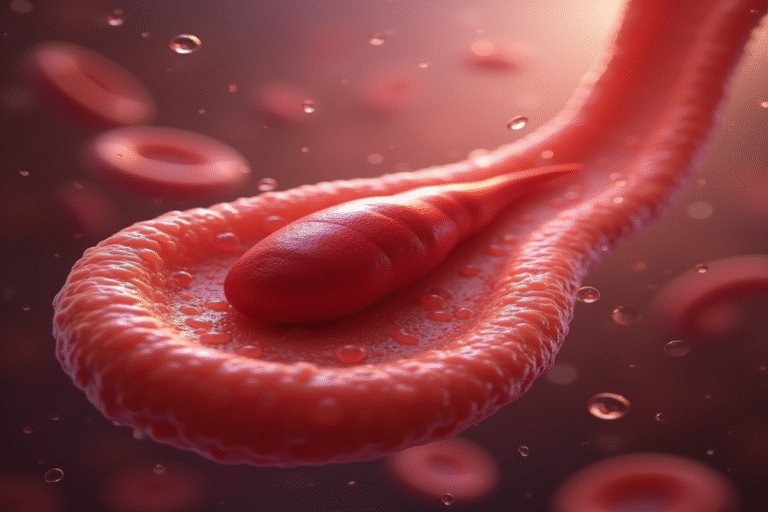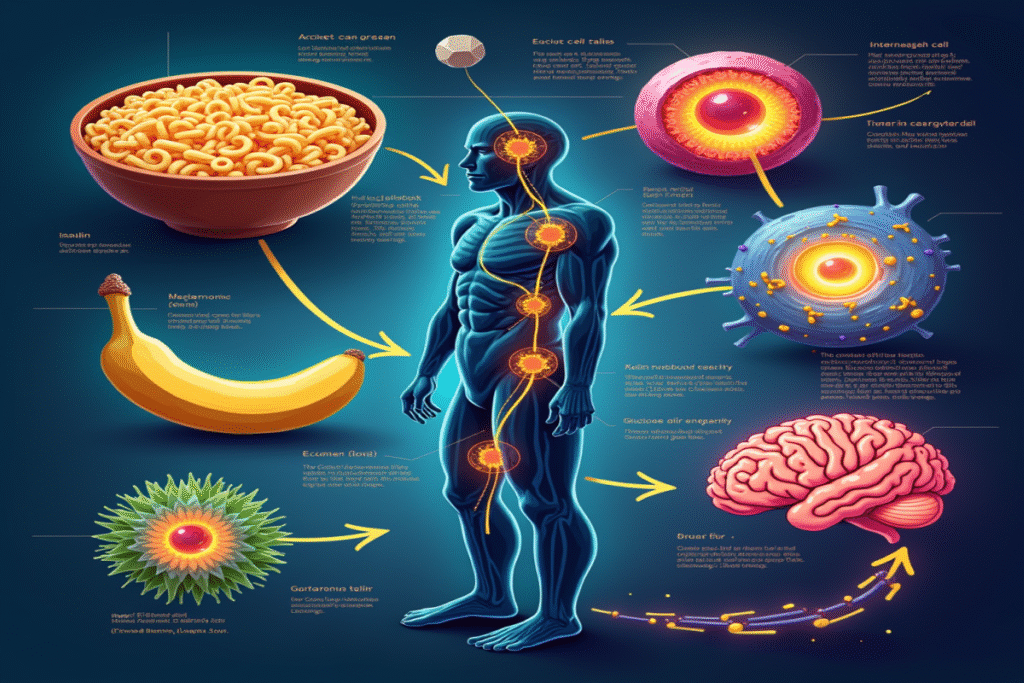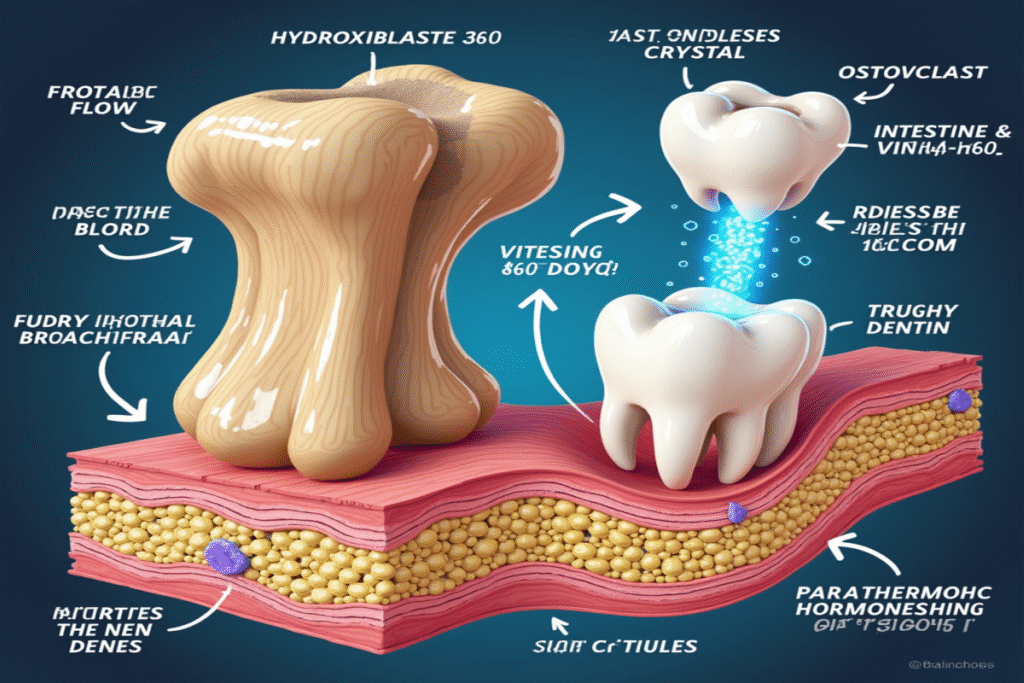Think about this: your blood vessels become progressively smaller as they branch throughout your body, eventually becoming so tiny that they’re barely wider than a single cell. Yet your red blood cells—which carry vital oxygen to every part of your body—somehow navigate through these microscopic passages without getting stuck. How is this possible? The answer lies in one of nature’s most remarkable engineering solutions.
The Size Challenge
Red blood cells (erythrocytes) are typically about 7 to 8 micrometers in diameter, with a distinctive biconcave shape—imagine a round disc with a depression on both sides, like a donut without the hole completely punched through. However, the smallest capillaries in your body measure only 5 to 10 micrometers across, with some capillaries as small as 3 micrometers in diameter. That’s like trying to fit a frisbee through a wedding ring!
This size mismatch seems like it should be impossible. But red blood cells have evolved an extraordinary way to overcome this challenge.
Remarkable Flexibility
Unlike most cells in your body, mature red blood cells lack a nucleus and most internal structures. Instead of being filled with organelles, they are essentially membranous sacs packed with hemoglobin, the protein that binds oxygen. This unique structure makes them extremely flexible.
When a red blood cell encounters a narrow capillary, it undergoes a dramatic transformation. The cell deforms from its usual disc shape into a stretched, bullet-like or parachute-like form. This shape-shifting ability allows it to squeeze through passages even smaller than its normal diameter—like a contortionist sliding through an impossibly narrow tube.
The Science Behind the Squeeze
This shape-changing ability comes from the cell’s special membrane and underlying cytoskeleton—a mesh-like framework that gives the cell both flexibility and strength. The membrane contains a network of proteins called spectrin that forms a flexible scaffold beneath the surface.
When flowing through larger vessels, red blood cells keep their biconcave shape. But when they reach the narrowing entrance of a capillary, the cell’s membrane and cytoskeleton quickly rearrange. The pressure forces the cell to become elongated, allowing it to slide through the tight space while remaining intact.
Even more impressive, once the cell passes through the narrow passage and returns to a larger vessel, it springs back to its original biconcave shape—unharmed despite what seems like a traumatic squeeze!
Why Shape-Shifting Matters
This flexibility isn’t just a neat trick—it’s essential for life. Without it, red blood cells couldn’t reach the tiniest blood vessels, where their crucial job happens: delivering oxygen to tissues and removing carbon dioxide.
The biconcave shape is no accident either. This unique form provides red blood cells with a high surface-area-to-volume ratio, improving their ability to exchange gases. When they deform to pass through capillaries, they expose even more surface area to the surrounding tissues, maximizing oxygen delivery exactly where it’s needed most.
When Things Go Wrong
Certain diseases can affect this vital flexibility. In sickle cell disease, abnormal hemoglobin causes red blood cells to become stiff and crescent-shaped, stopping them from easily passing through narrow vessels. Malaria parasites also reduce red blood cell deformability. Diabetes can gradually make cell membranes less flexible over time.
Scientists are now creating advanced microfluidic devices that simulate tiny capillaries to study red blood cell flexibility, which could lead to new diagnostics and treatments for these conditions.
Next time you feel your heart beat, remember that with every pulse, billions of these microscopic shape-shifters are squeezing through your narrowest vessels, demonstrating one of nature’s most remarkable solutions to a seemingly impossible challenge.





